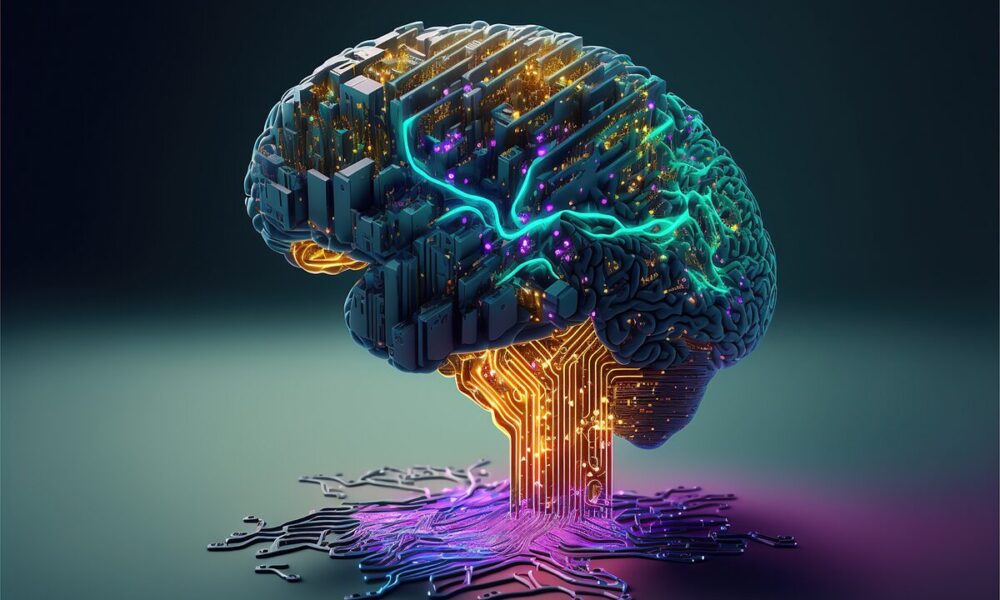How Hyperscalers Are Shaping the Future of Generative AI: A Conversation with Gokul Chandra Purnachandra Reddy

When you think about the future of generative AI, it’s easy to get lost in the buzzwords—custom silicon, unified APIs, sustainability. But for Gokul Chandra Purnachandra Reddy, a Software Engineer and Solutions Architect with over a decade of experience, the future of AI isn’t just about technology. It’s about people.
“I’ve always been fascinated by how technology can solve real-world problems,” Gokul shares, reflecting on his journey. “But what drives me is its impact on people’s lives. Whether it’s helping a small business scale or enabling a researcher to make a breakthrough, that’s where the magic happens.”
From Curiosity to Innovation
Gokul’s journey into the world of cloud computing and AI began with a simple question: How can we make technology work better for everyone? Over the years, this question has guided his work, leading him to design and implement cloud-native solutions that power some of the most demanding AI workloads in the world.
But Gokul’s path hasn’t been a straight line. “Early in my career, I realized that technology alone isn’t enough,” he says. “You need to understand the people using it—their challenges, their goals, their dreams. That’s what makes a solution truly impactful.”
This philosophy has shaped his approach to every project, from optimizing data centers to designing unified API frameworks. “It’s not just about building something that works,” he explains. “It’s about building something that works for people.”
Solving the GPU Shortage: A Personal Challenge
One of the biggest challenges in generative AI today is the GPU shortage. For Gokul, this isn’t just a technical problem—it’s a personal challenge. “I remember working on a project where we hit a wall because we couldn’t get the hardware we needed,” he recalls. “That’s when I realized we needed a better way.”
This realization led him to explore the development of custom silicon—specialized chips designed specifically for AI workloads. “Custom silicon isn’t just a workaround for the GPU shortage,” Gokul explains. “It’s a game-changer. It allows us to optimize performance and efficiency in ways that weren’t possible before.”
But for Gokul, the real victory isn’t just in the technology—it’s in the impact it has. “When you see a team of developers able to deploy their models faster and more efficiently, that’s what makes it all worth it,” he says.
Sustainability: A Mission Close to Home
For Gokul, sustainability isn’t just a technical challenge—it’s a personal mission. Growing up in a small town, he witnessed firsthand the impact of environmental degradation. “I’ve always believed that technology should be a force for good,” he says. “And that includes taking care of our planet.”
This belief has driven his work on sustainable AI practices, from optimizing data center designs to advocating for renewable energy sources. “AI has the potential to change the world,” Gokul says. “But we need to make sure it doesn’t come at the cost of our environment.”
The Power of Unified Frameworks
Another area where Gokul has made significant contributions is in the development of unified API frameworks. These frameworks allow developers to seamlessly integrate and deploy a variety of large language models (LLMs), regardless of their origin.
“Interoperability is key to innovation,” Gokul explains. “When developers have the freedom to choose the best tools for the job, it opens up a world of possibilities.”
But for Gokul, the real value of these frameworks lies in their ability to empower people. “It’s not just about making things easier for developers,” he says. “It’s about enabling them to create something amazing.”
A Vision for the Future
Looking ahead, Gokul sees a world where hyperscale cloud providers continue to play a central role in the evolution of generative AI. “The work we’re doing today is just the beginning,” he says. “As we continue to innovate, we’ll unlock new possibilities that were once thought to be out of reach.”
But for Gokul, the true measure of success isn’t just technological advancement—it’s the impact it has on people’s lives. “At the end of the day, technology is about people,” he reflects. “Whether it’s helping a small business scale its operations or enabling a researcher to make a breakthrough, the real power of AI lies in its ability to make a difference.”
A Legacy of Innovation and Empathy
Gokul Chandra Purnachandra Reddy’s story is a reminder that behind every great technological advancement is a human story. His ability to combine technical expertise with empathy and a deep understanding of human needs has made him a true pioneer in his field.
For those looking to navigate the complexities of cloud computing and generative AI, Gokul’s insights offer not just a roadmap but also a source of inspiration. His work is a testament to the power of innovation, collaboration, and a relentless focus on solving real-world problems.
This article is part of a series highlighting the achievements and insights of industry leaders in cloud computing and generative AI. For more information on Gokul Chandra Purnachandra Reddy’s work, visit his LinkedIn profile or explore his technical writings on Medium.



